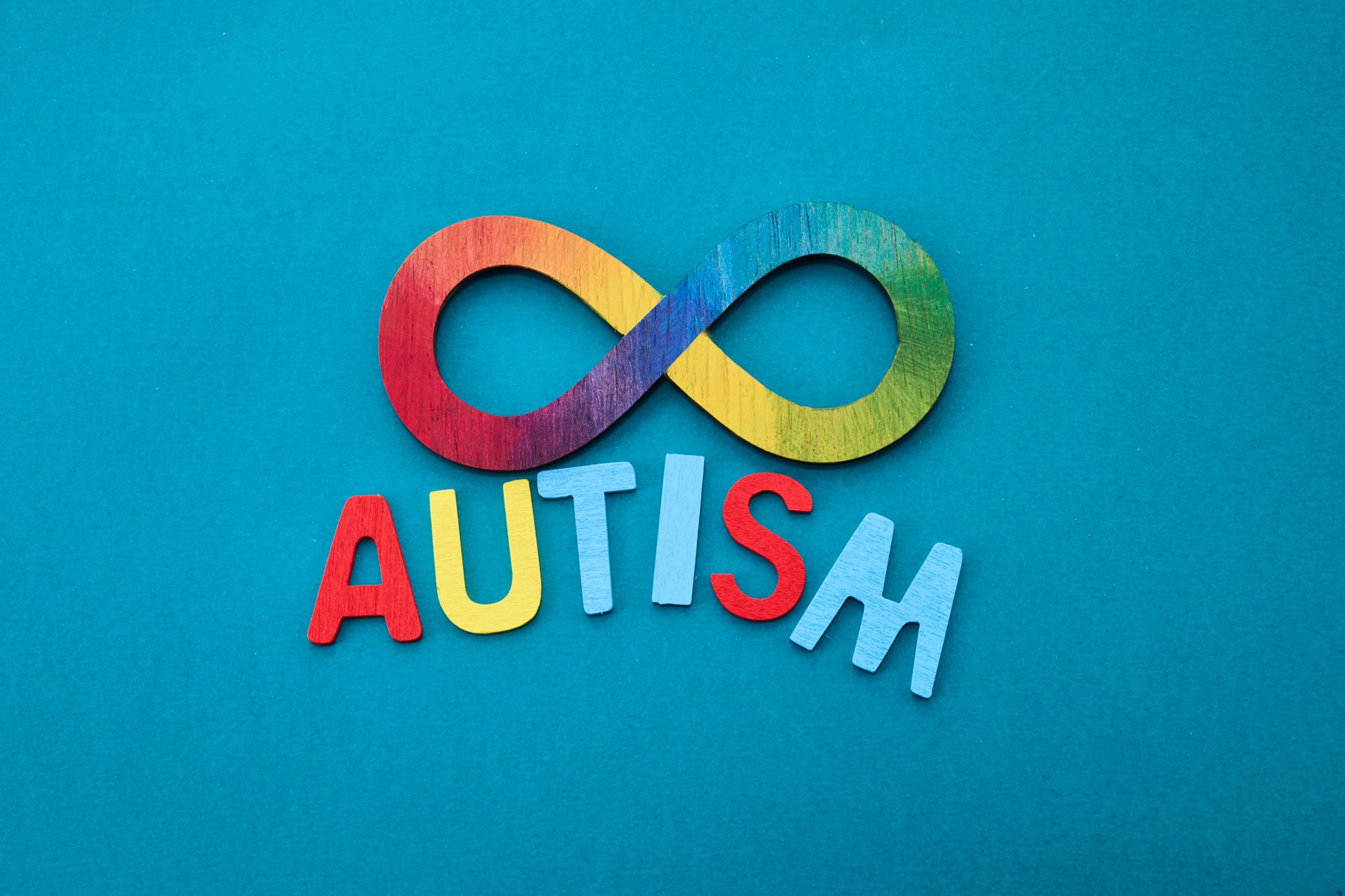Understanding the Difference Between Autism Level 2 and Level 3: A Guide for Families and Carers.

By Jason Brien.
Autism Spectrum Disorder (ASD) is diagnosed across three levels, based on the amount of support a person needs in daily life. While all autistic people share core traits like differences in communication, social interaction, and repetitive behaviours, the level assigned helps to describe how much assistance someone requires to manage everyday tasks and environments. In this blog, we’ll focus on the difference between Level 2 and Level 3 ASD, with the goal of helping families, carers, and support teams better understand what each level may look like.
What Do the Levels Mean?
ASD Level 1: Requires support
ASD Level 2: Requires substantial support
ASD Level 3: Requires very substantial support. The level is not about intelligence or worth. It’s about the amount of support a person needs to function and feel safe in daily life.
ASD Level 2: Substantial Support
People diagnosed at Level 2 often:
- Struggle with verbal and nonverbal communication
- Have difficulty coping with change or new routines
- Need clear structure and predictability
- Might show distress in busy or unpredictable environments
- May engage in repetitive behaviours that can interfere with daily functioning
- Often require support to participate in community, school, or work activities
Some people at Level 2 can use speech but might struggle with back-and-forth conversations. They may form relationships, but often find it hard to maintain them without support.
Support examples: visual schedules, social coaching, assistance with transitions, sensory regulation tools, and consistent routines.
ASD Level 3: Very Substantial Support
Level 3 autism generally indicates more intense challenges across multiple areas. People at this level often:
- Have very limited or no spoken language
- May not engage in typical social interaction or play
- Rely on others for most daily tasks
- Experience high levels of distress with change
- Show more intense or frequent repetitive behaviours
- Need significant environmental modifications to feel safe
Communication may be supported through AAC (augmentative and alternative communication) devices or other nonverbal methods.
Support examples: 1:1 or 2:1 support, communication aids, high-structure environments, intensive therapies, and close carer involvement throughout the day.
It’s a Spectrum, Not a Ladder
The terms "Level 2" and "Level 3" are not fixed categories. They can change over time and across settings. A person might need Level 3 support in one environment (like school) and Level 2 support in another (like home). Also, levels don’t capture every detail about a person’s strengths, preferences, or sensory profile. Labels help with funding, planning, and access to services—but they should never define someone’s potential.
Final Thought.
Whether someone is diagnosed with ASD Level 2 or Level 3, they deserve understanding, respect, and tailored support that meets their unique needs. As carers and families, our role isn’t to "fix" people but to build environments where they can thrive. Support may look different at each level, but the heart of it remains the same: patience, consistency, and connection.